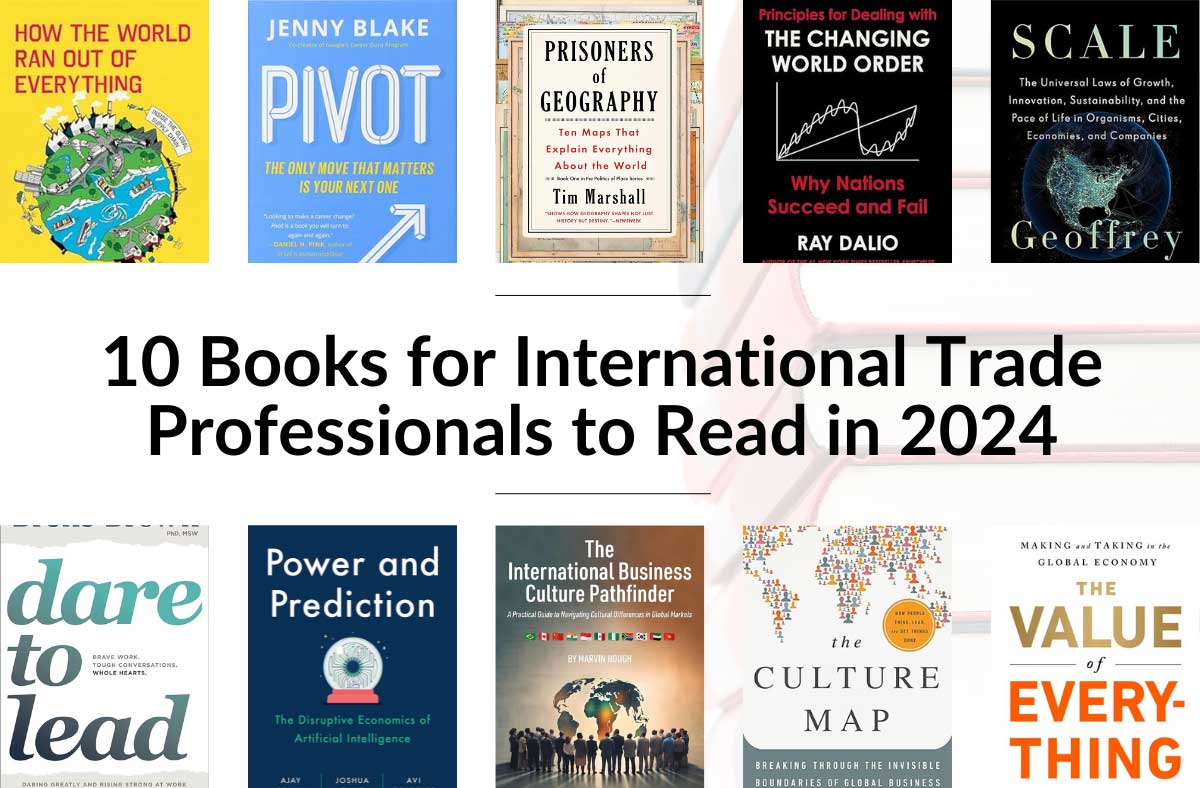
Systematic and strategic planning makes all the difference between success and failure when entering international markets. However, any plan is only as good as the foundation it is built on. It is crucial that plans are based on actual conditions and that starts by challenging the status quo.
Experience has shown that if the following 4 conditions are fully addressed in the context of the new (not the existing) domestic market, then success rates are much greater:
1. There is no low hanging fruit
Strong competition means you must be prepared to fight hard against competitors who don’t play by your rules to get and then keep market share.
2. The country is not your target
The specific sector and cluster within each country is your target and most countries have dozens of clusters: Learn everything about each cluster before deciding on which to enter. The advantages are clear: in Latin America, the SME growth rate by becoming part of the cluster supply chain is triple compared to those who do not do so.
3. Buyers – not sellers – are in the driver’s seat
Buyers can select from dozens of countries. Know your relative advantage over your competitors, and how you would do better than them before you knock on the buyer’s door.
4. YOU are the immigrant in a new market
Proving you can – and then will – support your product / service long term is more important than the product / service itself: relationships are key to success. How do you plan to establish your relationship?
The important role of planning
My observations and research, conducted since 1992 in over 20 countries, demonstrates that disciplined, systematic planning will consistently meet objectives from 50% up to 80% of the time.
In contrast, we have spoken with literally dozens of firms attending trade missions, trade shows and independent international initiatives who arrived without a solid plan, and returned home empty handed and disillusioned.
So how to transition from zero to hero? Selecting how to effectively plan is crucial, and most successful exporters we work with use the same general approach.
Why the default business plan isn’t enough
What is clear is that the default business plan many exporters prepare is not suitable for early stage market assessment. Put simply, you can’t manage what you have not yet measured.
A comprehensive business plan can be completed only after the exporter has:
- Determined exactly what they want to do
- Made the strategic and tactical decisions on how / when / where they want to do it
- Assigned their in-house management
- Signed local contracts (LOI etc.)
- Obtained financing
- Dedicated the necessary resources to make it happen on a defined schedule.
In addition, they will have already sought expert and detailed legal, accounting and financial advice, lined up their supply chains and customers, and implemented a rock-solid risk management / mitigation plan.
How a business case propels your progress
Instead, we recommend that exporters adopt a business case approach. This approach is an agile, adaptable, high level and broad-based assessment of a given market, optimized for each firm and their specific product or service.
In several cases of working from an optimized business case template we observed, over 20 potential markets were reviewed and cut to 2 finalists in a matter of a few days, with surprisingly low effort.
It is also an effective planning tool for trade missions, trade shows or international sales reps when entering new markets.
The key is to develop a business case template that is optimized for each company / product / service. It can then be easily applied to identify the most prospective markets quickly, cheaply, systematically and with minimal demands on management for immediate up / down decisions to be made.
Assembling your business case
In general, the business case will address two critical areas. The first is to get a rough idea of the potential market. The second, and by far the most important, is evaluating the firm’s readiness and capacity to enter the new market and then provide the long-term level of service.
Part One is the easiest, is the focus of all exporters, and can be completed through research (online, TCS, industry groups, private consultants) to answer these questions:
- Is there a significant market now for what you are offering in a given country / cluster?
- How is the market being serviced now?
- By whom and under what conditions?
- What is the growth potential?
- What is your compelling value proposition that makes your offering better – and by how much?
- What would your 60 second elevator pitch to potential customers focus on?
Part Two is where the vast majority of failures occur, and the discipline imposed by the business case is incredibly useful in finding weaknesses and correcting them early.
Some of the important issues to address are:
- Is exporting to this market a core part of the strategic direction of the company?
- Does it have 100% backing by senior management / owners / directors?
- Is the product / service fully compliant and 100% ready to export? (Are you really sure?)
- Does the firm have the cash and staff resources to launch, and what is the contingency plan?
- Does the firm have the resources and dedication to support it long term?
- Does the organization have the technical / language / cultural capacity to provide the necessary customer service? If not, what exactly will you need and where will you get it?
Part two is absolutely critical to get right. Even in markets with demonstrated strong demand, an extreme risk of failures exist due to appointing the wrong project champion, a lack of research, and invariably underestimating the level of change and the demand on resources required within their organizations. This is further complicated by a lack of perspective to assess themselves accurately in the context of operating in a foreign market.
What a business case does not address in any detail are marketing plans, communications plans, HR and staffing plans, operations plans, financing and cash flows, P&L projections, detailed start up costs, procurement and logistics plans, tax optimization, etc. These and other business plan components can be completed only after detailed research in-country is undertaken.
While some firms develop templates in-house, creating optimized templates can be months faster, less expensive and more accurate if an expert management and trade consultant is engaged. A consultant will dispassionately analyze all aspects of the firm, identify the level of effort exporting will take, and develop a template customized for that organization. The cost is usually about the same as staffing a booth at a trade show, and the savings realized in the first year can be impressive.
The final version of the business case can often be used to present to investors, or if necessary be expanded quickly into a comprehensive business plan.
Over the past 20 years, this systematic and disciplined approach using an optimized template has proven reliable, accurate and inexpensive, and has consistently achieved exporter objectives in 7 out of every 10 export initiatives we have been involved with.
Let us know how this approach works for your business! Questions? Reply in the comments below.








disqus comments